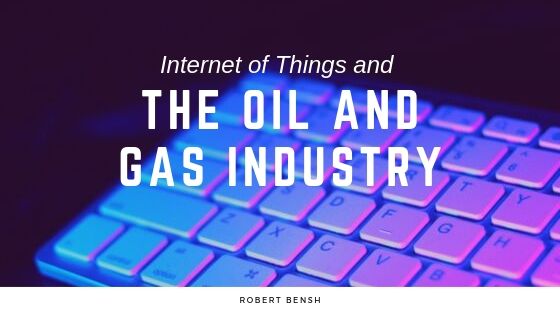Technology in the oil and gas industry is largely facilitating the ease of oil drilling by enabling engineers to achieve operational efficiency. One of the crucial technological tools availed and largely exploited in this industry is the use of the internet of things. Various kinds of internet-of-things devices are designed to interconnect and share data for processing, analysis, and decision-making purposes.
One of the key benefits of using IoT in the oil and gas industry is the ability to achieve a seamless exchange of data with great precision and timeliness. This information is highly necessary for ensuring that engineers in the industry get an accurate overview of operations. For example, through IoT, engineers can visualize and enforce the highest levels of safety in an oil refinery plant.
Internet of things also helps to monitor the oil drilling process with a view to ensuring precision when it comes to placement of the drilling rigs. Drilling rigs are fitted with data processing machinery capable of evaluating the strategic course of a given oil well. The sharing of data between oil exploration companies and the oil drilling companies ensures that wells are sunk strategically to increase precision and reduce the time required to reach the oil deposits safely.
In addition, the internet of things is also necessary for facilitating operational efficiency and safety during the oil transportation process. Oil transportation rigs, such as pipelines, are fitted with various sophisticated monitors and sensors, which can detect the volume of oil in transit. This data is crucial in assessing for potential leaks. Through the internet of things, when I leak is detected, valves are signaled to stop the oil movement process along the pipelines in strategic points.
Crew safety, especially in offshore oil rigs, has also been greatly revamped and boosted. Oil drilling companies install multiple kinds of safety equipment, including gas meters, temperature meters, personnel wearable devices, and other detectors of potentially hazardous substances. In the event of a slight indication of a disaster, the entire oil drilling process is halted, and the crew immediately alerted for the implementation of emergency disaster response measures. Through the internet of things, this data is also relayed remotely to other stations located onshore where emergency responders take immediate action to evacuate the crew from dangerous situations.
